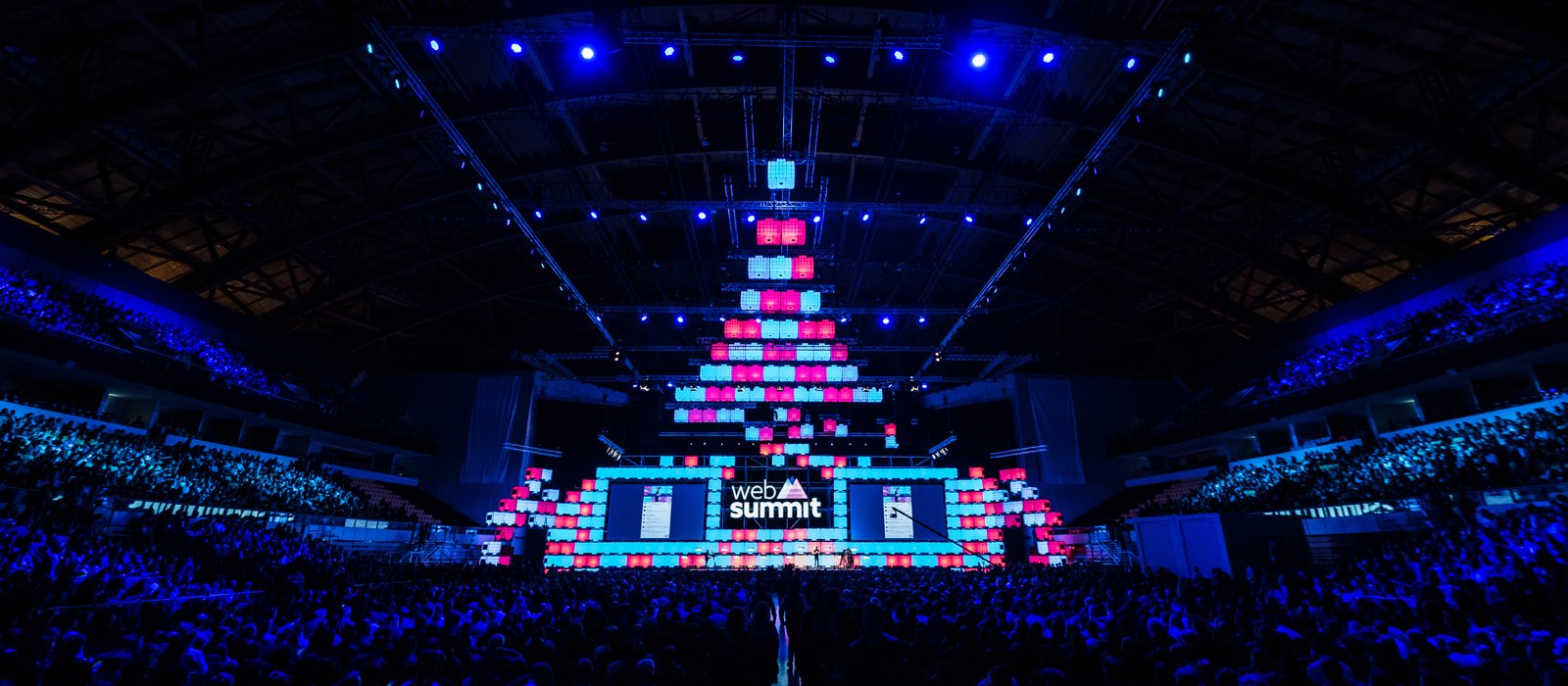In June of 2020, Web Summit hosted 32,000 online attendees via Collision. Six months later they more than tripled this number with their flagship event welcoming 104,328 attendees from 168 countries, making it the largest online business conference of the year.
All powered by their own proprietary software.
And as of today, you too can power your event with Web Summit tried-and-tested software.
Their first customer? The United Nations. Not. Too. Shabby.
The United Nations Development Programme will be the first customer to run Web Summit’s conference software for its Istanbul Innovation Days event, slated to take place March 23-25.
“You can’t replicate what’s happening in the offline world,” Web Summit co-founder and CEO Paddy Cosgrave told Digital Trends' Jeremy Kaplan back in June.
“Spotify reinvented consuming music online, but they didn’t replicate a music store experience. They’ve created an entirely new way to consume music in a pretty satisfying way. So when it comes to conferences, to maximize meaningful connections is not about replicating every feature like meeting booths or roundtables we have at the physical events. We’re reimagining what a conference is online.”
This is a big announcement, to be sure, but not entirely unexpected. If you go back and look at the vast majority of press surrounding Collision and Web Summit, The comms teams did an excellent job making sure that every press release, every interview, every, well, everything always had some mention of or reference to two key items: networking and in-house software.
“We’re in no rush for new customers, and we will take our time. In 2022, we hope to partner with other great events,” comments Paddy.
Now let's drop that recent announcement of Hopin raising $400 million, bringing their total raise to north of $560 million into the conversation. Needless to say, the virtual event space is some big money.
Speaking to Cosgrave, he comments, "We're in no position to compete with Hopin. As a seed investor in the fastest growing company in Europe, they're my favorite company in the world."
Initially designed to complement networking at physical events, Web Summit retooled things to specifically enhance online connections.
"We've been engineering serendipity for the past seven years. We worked with three academic physicists to analyse complex systems. Essentially what we needed to do was overlay video conferencing on top of our existing software," comments Cosgrave.
"People make a great offline event. The problem we're trying to solve is 'am I able to meet people in a meaningful way online?' Content consumption is not the issue here."
Full transparency: Yours truly spent more than a few minutes hitting refresh, refresh, refresh, only to be faced with 500 internal server error messages. But hey, over 100,000 people all in one go. Slack cut where slack due. Overall, a fairly enjoyable experience, bar being there in person (man, I miss this parties), but one thing I did find quite cool and innovative was the design which had my laptop screen act as the "main stage" if you will, while the app on my phone served as a guide. From this aspect, the Web Summit software came off without a hitch.
Web Summit itself is not a software company by nature. They're in the business of events, which does make me take pause and wonder; what about the data? Could they be harvesting from clients and then reshaping their own events?
A quick check of their privacy policy, and nope. They're GDPR'd!
Just to get it straight from the horse's mouth, I asked Paddy about this. With a laugh and a smile he answered, "No, no, no. We're an EU registered company and GDPR applies. There's no way we're harvesting data from other organisations. Our first customer out of the gate is the United Nations. I don't know if you've ever gone through a vetting process with the UN, but it included so many hoops to jump through. I'm confident if we've met their requirements, we'll meet those of just about anyone else."



Would you like to write the first comment?
Login to post comments